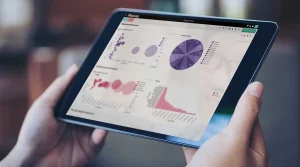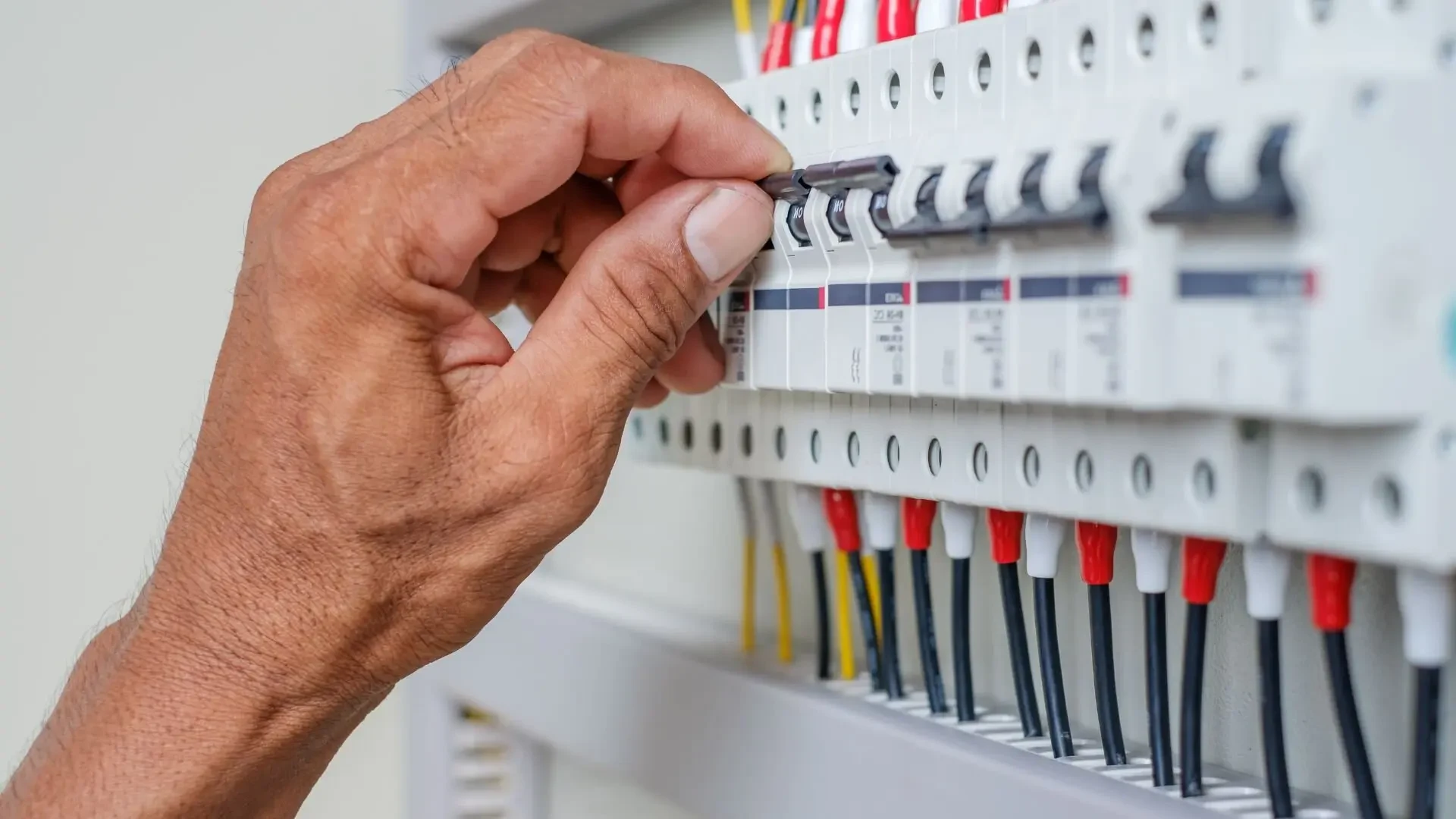Real-time KPI monitoring serves as a critical tool for enhancing the efficiency of orthodontic practices. By providing immediate insights into operational performance, practices can swiftly identify inefficiencies and make necessary adjustments. This analytical approach not only improves resource allocation but also fosters accountability among team members. However, many practices struggle to implement such systems effectively. Understanding the implications and benefits of real-time monitoring is essential. But why use real-time KPI monitoring when aiming to optimize operational strategies?
Key Takeaways
- Real-time KPI monitoring enables immediate insights, allowing orthodontists to make informed decisions for better operational efficiency.
- It identifies bottlenecks in workflows, enhancing patient engagement and satisfaction through optimized scheduling.
- Continuous KPI evaluation facilitates timely interventions, preventing issues from escalating and improving care quality.
- Accurate data allows for effective resource allocation, maximizing staff productivity and minimizing wasted time and funds.
- Engaging team members with performance goals fosters accountability, enhancing overall practice environment and patient outcomes.
Understanding Key Performance Indicators (KPIs) in Orthodontics
In any orthodontic practice, a thorough understanding of Key Performance Indicators (KPIs) is essential for achieving operational excellence. KPIs serve as measurable values that demonstrate how effectively an organization is achieving key business objectives. In orthodontics, critical KPIs may include patient retention rates, average treatment duration, and appointment cancellation rates. Analyzing these indicators enables practitioners to identify strengths and weaknesses within their practice, informing strategic decisions. Furthermore, consistent KPI monitoring fosters a culture of accountability and continuous improvement, ensuring that all team members feel invested in the practice’s success. Ultimately, by leveraging KPIs, orthodontic practices can enhance efficiency and deliver superior patient experiences, reinforcing their commitment to excellence and fostering a sense of belonging within the team.
The Importance of Real-Time Data in Practice Management
How can real-time data transform practice management in orthodontics? By offering immediate insights, real-time data enables orthodontic practices to make informed decisions swiftly, aligning resources with patient needs. This data-driven approach enhances operational efficiency, allowing practitioners to identify bottlenecks, optimize scheduling, and improve patient engagement. In addition, real-time data fosters a culture of accountability, as team members can track KPIs consistently and collaborate effectively. The ability to monitor performance metrics in real time reinforces a sense of belonging among staff, as they actively contribute to the practice’s overall success. Ultimately, the integration of real-time data in practice management empowers orthodontists to deliver superior patient care while maximizing their operational potential, illustrating why use real-time KPI monitoring is critical in today’s competitive landscape.

Advantages of Real-Time KPI Monitoring for Efficiency
While many orthodontic practices recognize the significance of performance metrics, the advantages of real-time KPI monitoring extend far beyond basic data tracking. This strategic approach enables practices to respond promptly to operational inefficiencies, enhancing workflow and patient satisfaction. By continuously evaluating key performance indicators, practitioners can identify trends and implement timely interventions that optimize resource allocation and staff productivity. Moreover, real-time monitoring fosters a culture of accountability, encouraging team members to engage actively with performance goals. This collective focus on efficiency not only improves patient outcomes but also strengthens the overall practice environment. Ultimately, understanding “why use real-time KPI monitoring” becomes essential for orthodontic practices aiming to thrive in a competitive landscape, ensuring sustained growth and community connection.
Common Challenges Faced Without Real-Time Monitoring
Without the implementation of real-time KPI monitoring, orthodontic practices frequently encounter a range of operational challenges that can hinder their effectiveness. These challenges can lead to inefficiencies, decreased patient satisfaction, and ultimately impact the practice’s growth.
- Inability to Identify Trends: Without real-time data, practices struggle to recognize emerging patient needs or preferences.
- Delayed Response to Issues: Problems may escalate without timely intervention, affecting the quality of care.
- Inefficient Resource Allocation: Without accurate metrics, resources may be misallocated, leading to wasted time and funds.
- Decreased Team Morale: Lack of clear performance indicators can create uncertainty among staff, impacting their productivity.
In recognizing these challenges, one can appreciate why use real-time KPI monitoring is crucial for optimizing orthodontic practice efficiency.
Implementing Real-Time KPI Monitoring in Your Orthodontic Practice
Implementing real-time KPI monitoring in an orthodontic practice requires a strategic approach that integrates technology, processes, and team engagement. First, selecting appropriate software tools is essential, allowing for seamless data collection and analysis. Next, establishing clear performance metrics aligned with practice goals guarantees that the monitoring process is relevant. Training staff to interpret these KPIs fosters a culture of accountability and collaboration. Regular team meetings to discuss findings promote a sense of belonging and encourage proactive problem-solving. Additionally, integrating feedback loops enables continuous improvement, allowing practices to adapt swiftly to changing dynamics. Ultimately, understanding “why use real-time KPI monitoring” empowers orthodontic practices to enhance efficiency, improve patient care, and achieve sustainable growth.
Frequently Asked Questions
How Can Real-Time KPI Monitoring Reduce Patient Wait Times?
Real-time KPI monitoring enhances operational efficiency by identifying bottlenecks and streamlining processes. This strategic approach enables practices to allocate resources effectively, ultimately reducing patient wait times and fostering a more satisfying experience for all clients.
What Tools Are Best for Tracking Real-Time KPIS?
Various tools are effective for tracking real-time KPIs, including specialized software applications, dashboards, and analytics platforms. These resources facilitate immediate data access, enabling strategic decision-making and enhancing overall operational efficiency within orthodontic practices.
How Often Should KPIS Be Reviewed in an Orthodontic Practice?
In an orthodontic practice, KPIs should be reviewed weekly to guarantee alignment with goals. This regular assessment fosters continuous improvement, enabling staff to adapt strategies effectively and enhance overall operational efficiency.
Can Real-Time KPI Monitoring Improve Patient Satisfaction?
Real-time KPI monitoring can enhance patient satisfaction by providing immediate insights into service quality and operational efficiency. This strategic approach allows practices to promptly address concerns, fostering a more responsive and patient-centered environment.
What Are the Costs Associated With Implementing Real-Time KPI Monitoring?
Implementing real-time KPI monitoring incurs costs such as software acquisition, training, and ongoing maintenance. However, strategic investment can lead to enhanced operational efficiency, ultimately benefiting patient care and practice profitability through informed decision-making.
Conclusion
In summary, real-time KPI monitoring is essential for orthodontic practices aiming for enhanced efficiency and patient satisfaction. By leveraging immediate data insights, practices can swiftly identify operational bottlenecks, allocate resources effectively, and foster a culture of accountability and continuous improvement. The strategic implementation of real-time monitoring not only optimizes performance but also positions practices to adapt proactively to patient needs and market demands, ultimately driving better clinical outcomes and reinforcing the importance of data-driven decision-making.
You May Also Like To Read:





